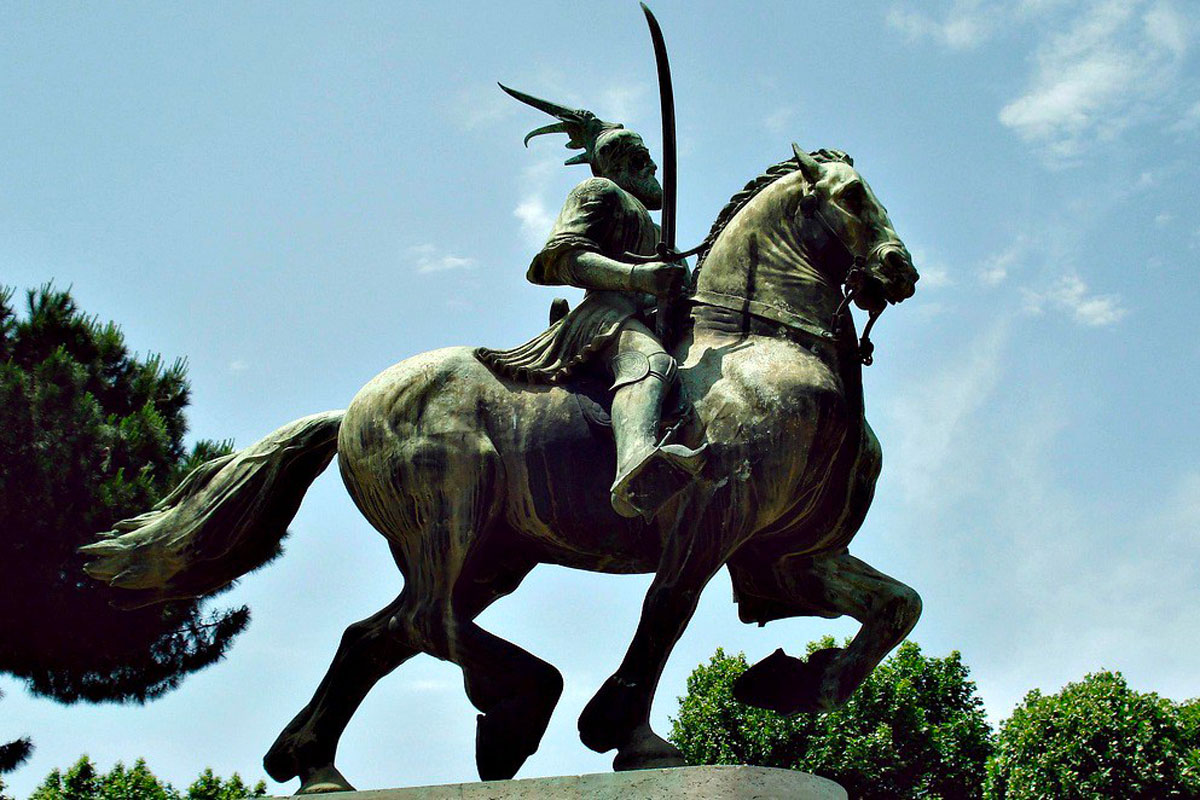ROMANO ROMANELLI (1882-1968)

Romano, son of Raffaello and grandson of Pasquale Romanelli, was born in Florence on May 14 1882. He became a well know sculptor and also writer. Under the guidance of his father Romano he had shown an aptitude for sculpting whilst still a boy, and it seemed that he was going to follow the now established family tradition of sculpture. But as indeed had happened to Raffaello at about the same age, the summers spent at Viareggio had turned Romano’s aspirations towards a life in the navy. His studies completed, Romano enrolled at the Naval Academy at Leghorn, and he became a Naval Officer and during the first world war he was made a commander of vascello. Romano travelled widely to Africa and to the Far East, there discovering the impressive, monumental sculpture of China. In 1905, during one of his Naval leaves, he had modelled a portrait of his brother, and his father had it cast in bronze. On another leave, in Naples, he went to the studio of V. Gemito making there an outstanding sculpture called “Head of an old Sailor”. Romano’s style was veering away from that of Raffaello, and for this reason he tended to frequent the studio of other sculptors rather than his fathers’ in Borgo San Frediano. From 1910 to 1911 Romano spent a year studying in various studios in Paris, such as that of Rodin. In this period he made the on-and-a-half times life size group of “Hercules struggling whit the Lion”, which was presented at the Biennale at Venice in 1910, then also at the Universal Exhibition in Rome in 1911. This group now stands in the centre of the Piazza Ognissanti in Florence. By now Romano had decided to leave the Navy altogether and to dedicate himself to sculpture. He produced such works as “The awakening of Brunhilda” for which Isadora Duncan has posed, “Leda and the Swan”, “The Boxer” now in Rome, “the Sculptor”, “The seated Boxer” in the Forum in Rome, “Giano and the Vergin”, the bas-relief “Romulus ploughing the furrow”, the very important and immense bas – relief in marble of “The Justice of Traiano” for the Palace of Justice in Milan, and then the vast 1938 monument to Skanderbeg, now standing in Piazza Albania in Rome. Romano made many portraits of the foremost Italian writers of the day, such as Giovanni Papini, and the artists, such as Soffici. He made a bronze portrait of the Duke of Aosta, of the Marchesa Ximenes of Aragona, of Chiquita Esteban de Canongo, and of many, many others. In 1930 he had been nominated Professor of Sculpture at the Academy of Fine Art of Florence. His legacy also includes Tenuta Riseccoli, a farmhouse where Romano used to produce wine and other typically Tuscan products. Romano died in 1960.

